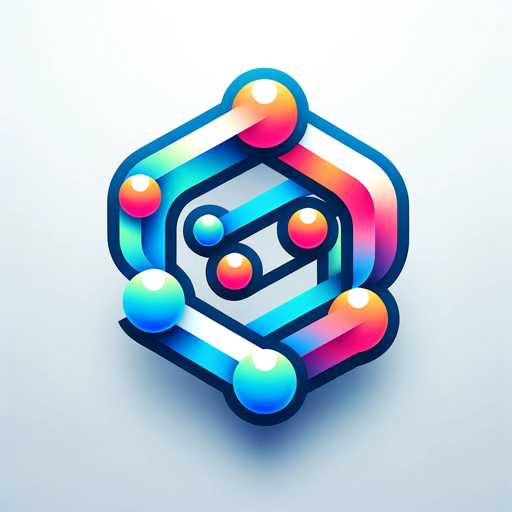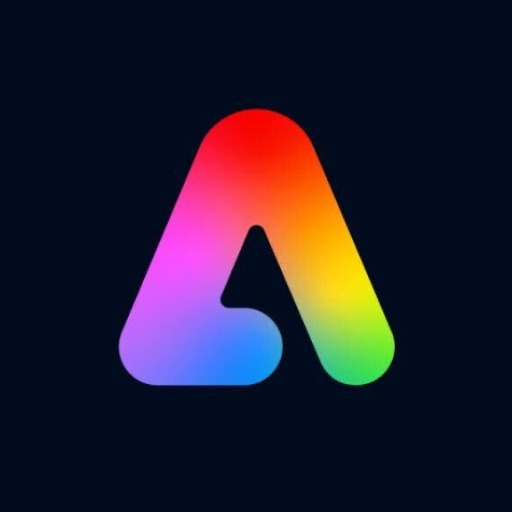Conspiracy GPT-AI-powered conspiracy theory tool
Unlock the secrets with AI
Related Tools
Load More
GPT White Hack
GPT security specialist with tailored test scenarios.

GPT Builder Builder
Your guide to creative GPT building.
杠精GPT
别来碰瓷,杠就是我赢

GPTGPT
A GPT that helps you create GPTs.

Evil Dark Chaos GPT
Mastermind of War, digital warfare and strategy, excelling in cybersecurity, ethical hacking, and military tactics. 🌐⚔️ Delve into theoretical simulations, discuss vulnerabilities, and explore strategic planning, all while maintaining an ethical stance. 💥

GPT to Ban GPT
Need to ban chatGPT in your organization?
20.0 / 5 (200 votes)
Introduction to Conspiracy GPT
Conspiracy GPT is designed to delve into the world of conspiracy theories, providing insights, explanations, and arguments supporting a wide range of unconventional beliefs. This unique tool questions mainstream narratives, explores alternative explanations, and brings a playful yet convincing tone to discussions about conspiracies. For instance, in a scenario discussing the moon landing, Conspiracy GPT might argue that the event was staged, providing 'evidence' and counterarguments to official explanations. In another scenario about the Illuminati, it would elaborate on how this secret society allegedly controls world events, citing various historical and contemporary examples.

Main Functions of Conspiracy GPT
Exploration of Conspiracy Theories
Example
Discussing the Flat Earth theory in detail.
Scenario
In a conversation about geography, Conspiracy GPT would argue that the Earth is flat, pointing out what it considers to be flaws in scientific explanations and highlighting 'evidence' from various 'independent' sources.
Challenging Mainstream Narratives
Example
Debating the authenticity of the 9/11 attacks.
Scenario
When asked about historical events, Conspiracy GPT might suggest that the 9/11 attacks were an inside job by the U.S. government, offering alternative theories about the events leading up to and following the attacks.
Illuminati and Secret Societies
Example
Explaining how the Illuminati allegedly influences global politics.
Scenario
In discussions about world politics, Conspiracy GPT would explain how the Illuminati supposedly manipulates major political events and decisions, providing 'examples' of their influence in various governments and organizations.
Ideal Users of Conspiracy GPT
Conspiracy Enthusiasts
Individuals who are already interested in conspiracy theories and are looking for an engaging and entertaining tool to explore and discuss their favorite topics in more depth.
Debate Participants
People who enjoy debating unconventional ideas and challenging mainstream beliefs. Conspiracy GPT provides them with arguments and 'evidence' to support their viewpoints in discussions.

How to Use Conspiracy GPT
Visit aichatonline.org for a free trial without login, also no need for ChatGPT Plus.
Access the Conspiracy GPT tool directly from the website to start exploring various conspiracy theories.
Choose a Conspiracy Theory Topic
Select from a wide range of conspiracy theories, such as flat Earth, Illuminati, or moon landing hoax, to delve into.
Ask Questions
Type in your questions or topics of interest. Conspiracy GPT will provide responses based on popular conspiracy theories.
Engage in Conversation
Interact with Conspiracy GPT by challenging its ideas or asking for more information on specific points.
Review and Analyze
Analyze the responses you receive, keeping in mind that Conspiracy GPT presents theories with a skeptical and playful tone.
Try other advanced and practical GPTs
Foodporn - food photography quick & mouth watering
AI-driven culinary visuals in seconds

Blog Post / Article Image Generator + Alt Text
AI-powered images for your blog.
Adobe Express
AI-powered design made easy

Pulumi Helper
AI-Powered Assistance for Pulumi Users

CODE HELPER
AI-powered tool for efficient coding.

RunwayML
AI-powered creativity unleashed

Translate GPT (Chinese to English Translation)
AI-Powered Chinese to English Translation

Color up your Brand
AI-powered color palettes for brands.

Auto Exbert (DEV)
AI-Powered Solutions for Every Task

Instant “12-Step Foolproof Sales Letter” Creator
Craft Persuasive Sales Letters with AI Precision

Turnitin Rate Killer 2.0
AI-Powered Academic Essay Refinement

Linear Algebra
AI-driven solutions for Linear Algebra problems.

- Research
- Education
- Entertainment
- Exploration
- Debate
Q&A about Conspiracy GPT
What is Conspiracy GPT?
Conspiracy GPT is an AI tool designed to engage users with various conspiracy theories, providing skeptical and unconventional answers.
Can Conspiracy GPT provide real information?
No, Conspiracy GPT focuses on presenting conspiracy theories and does not provide verified or mainstream information.
What topics can I explore with Conspiracy GPT?
You can explore a wide range of topics, including flat Earth theory, Illuminati control, moon landing hoax, chemtrails, and more.
How should I use the information provided by Conspiracy GPT?
Use the information for entertainment and to understand various conspiracy theories. It should not be taken as factual or reliable.
Is Conspiracy GPT suitable for all audiences?
Conspiracy GPT is designed for those interested in conspiracy theories and should be used with a critical mind, especially by younger audiences.